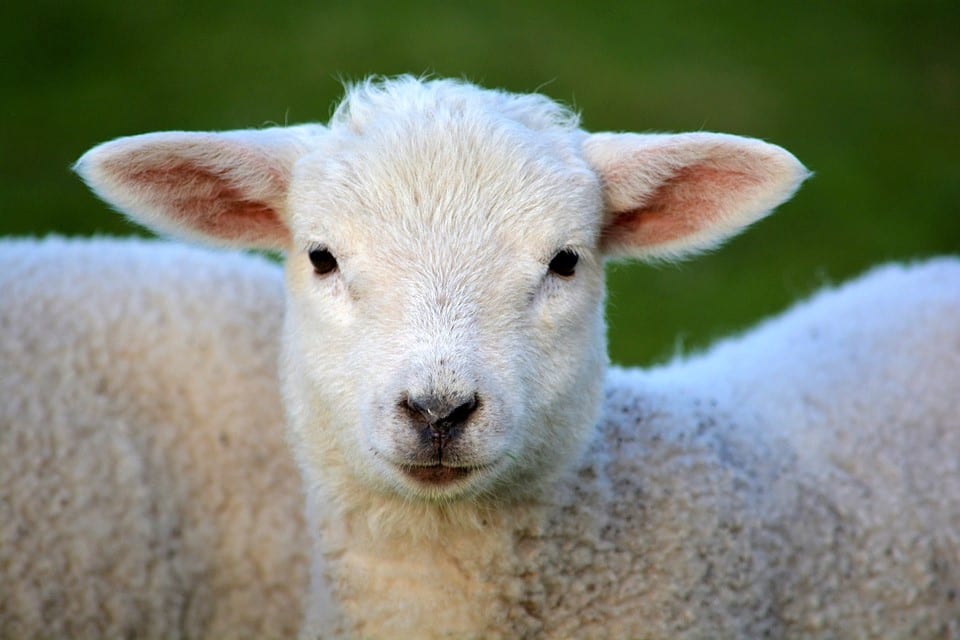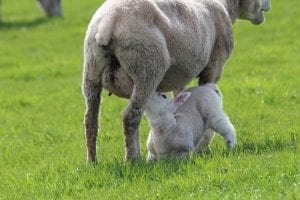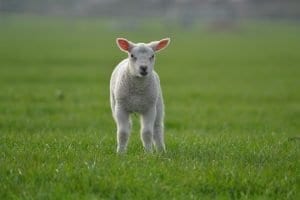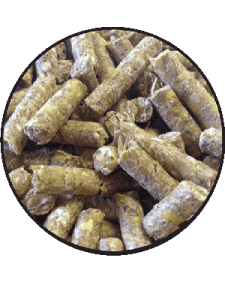
07 Sep Lamb Development and Feeding
Feeding lambs the correct diet early on is extremely important for their long-term growth, health and feed conversion efficiency.
Lambs are born with a digestive tract incapable of utilising pasture or other roughage. This is understandable because they initially consume only milk; their digestive tract has to undergo at least 3-4 weeks adaptation to develop the fore-stomachs that ultimately ferment solid feeds.
The development of the fore-stomachs involves the acquisition of a consortium of microbes to populate the rumen, along with the development of its lining epithelial papillae (for absorption of nutrients), muscularisation (for movement and mixing) and expansion of volume (for capacity). These developments can occur independently of each other and the important first step is a process called epithelialisation. Closure of the oesophageal groove allows milk to continue to by-pass the rumen and pass directly to the true stomach.

The early introduction of grain to the lamb sets it up for grazing. Pasture or dry roughage intake subsequently promotes muscularisation. Capacity is mainly a function of age rather than diet.
A lamb continues to have a rumen that is proportionately smaller than that of an adult until well beyond weaning. At the same time, the lamb has a high requirement for nutrients for growth and tissue turnover. The younger the lamb, the higher the quality of the diet required to meet this demand. Protein is particularly important in younger lambs, due to the limited capacity of the rumen to supply microbial protein. Energy, minerals, trace elements and vitamins are always important for supporting growth and a robust, resilient constitution.

All Thompson and Redwood sheep feeds have been developed by an expert nutritionist to promote optimum health and growth. Different rations are available to suit your feeding requirements and production systems, with Advanced Feeds vitamins and minerals added. You can view them here.




No Comments